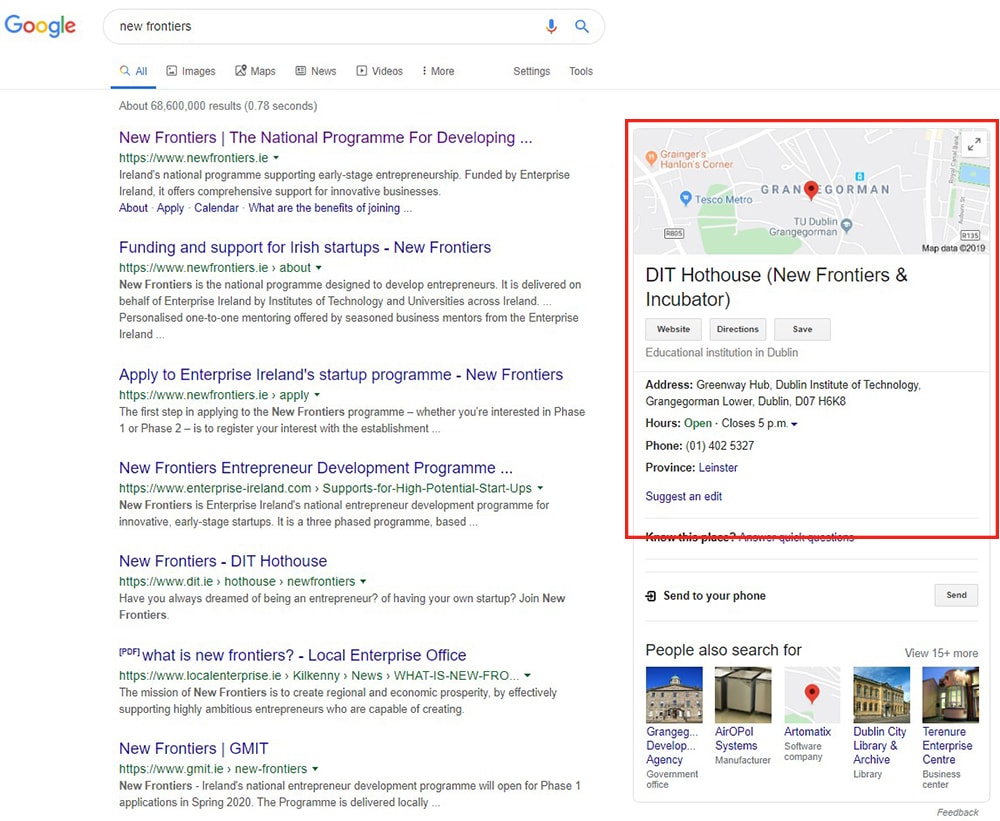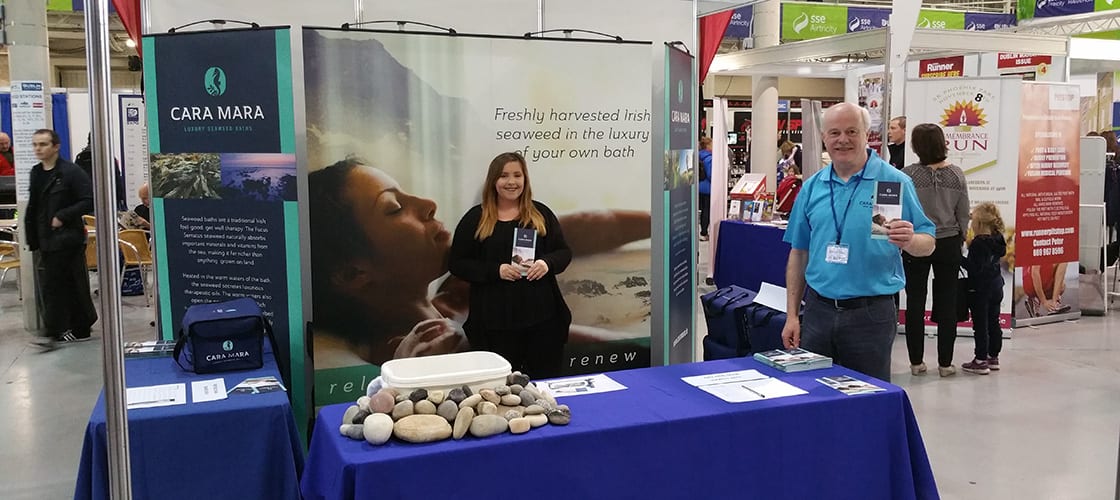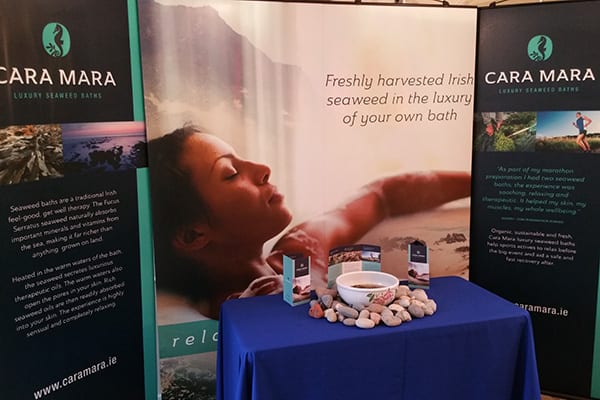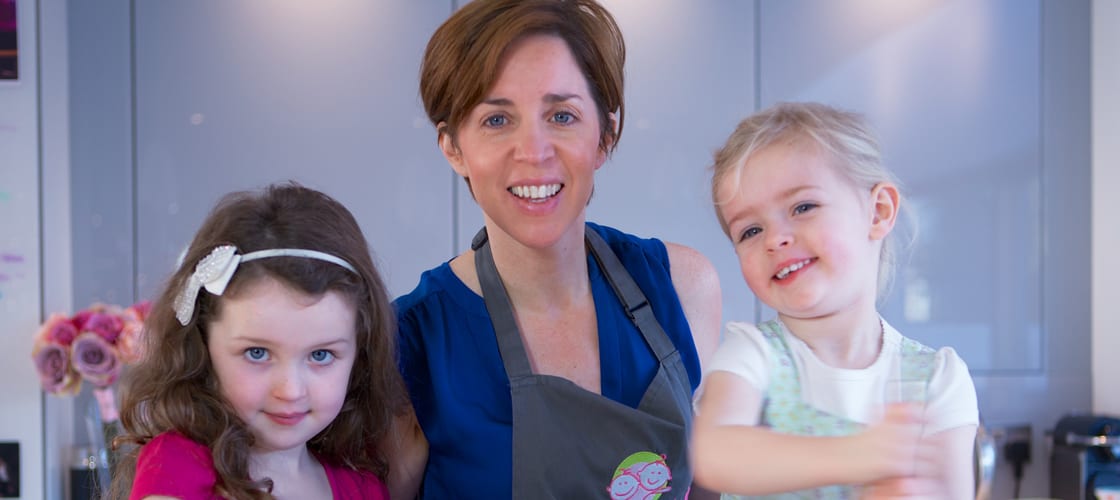

Small business doesn’t have to mean small website. We’re starting this SEO blog with some gusto by telling you: You CAN rank on the first page of Google.
Yes, with a bit of guidance, ranking high on Google is very much within your capabilities. The only issue is time. SEO can seem like a bit of a slog if it’s not your area of expertise, so before we dive into our tips for improving your website’s SEO ranking, we have some friendly advice to share. The key to SEO success for small business owners who just don’t have time for this is to set yourself achievable goals. Schedule SEO tweaks into your calendar just as you would anything else and set yourself a reasonable time limit for each task. With our SEO secrets and a bit of self-discipline, you can dramatically increase traffic to your website. Without further ado, let’s dive in…
3 secrets to boosting your SEO ranking in 2020
1. Stop competing with the big brands on Google
If there are dominant movers and shakers in your industry taking a big chunk of market share, then this will hold true on Google. Our advice is to leave them to it, at least for now. Think, for a moment, of the main keyword(s) you are trying to rank for on Google. If you are in tech it may be “cloud platform”, “fintech” or “IT security”. If your business is beauty, it could be “perfume”, “anti-ageing cream” or “micellar water”. All of these keywords are much too broad and websites that have been around longer and have strong domain authority will beat you for them every time.
That’s why we suggest that you narrow your target and go after more specific search queries. We’re talking about ‘long-tail’ keywords. Long-tail keywords are search queries with at least three words and often considerably more. For example, instead of targeting the short-tail keyword “micellar water” you could go after “micellar water stop breakouts”. Someone who has this phrase in their search query is looking for very specific information and therefore their buying intent is high. The great news is that long-tail keywords are easy to go after! They currently make up 70% of search traffic and this is only set to increase as more people use voice search.
2. Use your location to your advantage
Databox recently asked 53 SEO experts “Which channel(s) should local businesses spend more time on?” and the second highest answer, after a website, was Google My Business. Google My Business, or GMB, is a free service provided by Google for helping customers find your physical location. If people can visit you then it is a must-have. If you’re not that kind of business, we’d advise getting it anyway simply because of the real estate you get in Google search results. When I google “New Frontiers” from a device in Dublin 3, for example, this is what appears:

There are 16 locations delivering the New Frontiers programme, I saw this result because it’s the closest to my location. That great big box on the right hand side is precisely what GMB can do for you. If you want to boost your visibility in Google search, then this is a fantastic way to do it. Not only can you add basic information such as address and phone number, but you can also include a link for online bookings and add things like services and products. It’s a fabulous shop window for your business and completely free! To set up a GMB account, just visit google.com/business and create your business listing. You’ll have to wait a couple of weeks to be sent a verification code (Google works hard to stop abuse of this tool by sending the code to your physical address) but once verified you’ll be ready to also share regular updates such as news, special offers, and events.
3. Write more website content. A lot more!
We’ll admit straight off the bat that this one is going to be time-consuming. However, if you combine this tip with your new long-tail keyword strategy, you can start making great leaps in your SEO ranking. In a constant battle to capture customer search queries, the more relevant words you have on your website the better. According to marketing expert Neil Patel, every month industry leaders are writing as many as 16+ blogs! To add to the challenge, Google prefers long-form content. We’re talking blogs that are exceeding the 2,000-word count.

At this point, you might be wondering how in the world you are going to manage this! But remember that you’re not competing against industry leaders just yet. You’ve narrowed your net and you’re going after customers with high intent who are far down the buyer’s funnel. Highly targeted content that capitalises on the power of long-tail keywords is your best bet. You can of course also consider hiring a content creator to do the job for you. With content marketing bringing in three times the amount of leads as other marketing strategies, it is worth the investment. However, if you’re reading this then your DIY hat is probably firmly on, so keep an eye out for fantastic online resources such as this copywriting blog to keep you inspired.
Search engine optimisation is a moveable feast
Google takes account of a mind-boggling range of factors when it comes to SEO. For sites with high volumes of sales or leads, optimisation is a full-time job. Even for small sites, SEO isn’t something you can just do once and then you’re good for a year. If that’s your approach, the evolution in best practice and proactive competitors will see you slip steadily down the pages. Another issue is that the user experience itself is fast becoming a big part of SEO strength – site speed, annoying popups, stuff moving around the page as it loads are some examples. Google announced recently that the algorithm will update to take account of these at some point in 2021, so website owners have a little time to get these sorted. You can already see these measurements in your Search Console account, but to learn more about ‘Core Web Vitals’, check out this resource from Google.
As you can see, the SEO landscape is constantly evolving. If ranking is critical to the success of your business, you may choose to outsource this to experts. If you do, make sure they are transparent about the actions they are taking. Also, get involved in the process yourself (regular reviews of their actions/make them report to you regularly) so that it aligns with your business goals. If you choose to take it on yourself, I recommend reading everything that Google makes available (you could start on the Webmasters site) and checking out the Yoast blog (they make plugins for WordPress, but their blog is an excellent resource and they have online courses too).
My main advice, as someone who has been obsessing about SEO for well over a decade, is to build your website for humans rather than bots. If you make a site that works well, looks good, and gives the audience what they’re looking for, you are well on the way to outranking sites that view SEO as a box-ticking exercise. Visit your site regularly and try to see it through a user’s eye. Ask people what they think of it. Ask clients and prospects what they’d like it to do and what information they want from it. But learn the technical basics too. And always put keywords in your headings :)
About the author
 Scarlet Bierman
Scarlet Bierman
Scarlet Bierman is a content consultant, commissioned by Enterprise Ireland to fulfil the role of Editor of the New Frontiers website. She is an expert in designing and executing ethical marketing strategies and passionate about helping businesses to develop a quality online presence.
 Scarlet Bierman
Scarlet Bierman









 Stand preparation
Stand preparation

 Francis Fitzgibbon
Francis Fitzgibbon
 Siobhan Berry
Siobhan Berry
 Alma Jordan
Alma Jordan
 Ray Mongey
Ray Mongey
 Síodhna McGowan
Síodhna McGowan
